A gentle, beginner-friendly walkthrough of GBM care from first symptoms to initial therapy and what to consider at recurrence—using clear, minimal jargon.
Today’s Goals (3-Minute Preview)
- Recognize common presenting symptoms that trigger medical evaluation.
- Understand the diagnostic pathway (imaging → surgery → pathology & molecular tests).
- Grasp the standard of care (surgery + radiation + temozolomide) and where TTF fits.
- Know how to think about recurrence (options & clinical trials) using a simple “map.”
About the Series
This series builds from a primer (Part 0) to advanced therapeutic design. Reading Part 0 → Part 1 (this page) → Part 2 (origins & precancerous cells) ensures a smooth learning curve.
Symptoms: What Brings Patients to Care
- Headache & nausea from mass effect or edema.
- Seizures as a first manifestation in some patients.
- Speech, comprehension, or motor changes depending on tumor location.
- Behavior, attention, or memory changes, especially with frontal involvement.
- Visual field loss or imbalance if visual pathways or cerebellum are affected.
Symptoms vary widely; these are common patterns rather than rules.
Diagnosis: Imaging → Surgery → Pathology & Molecular Tests
1) Imaging (MRI as the workhorse)
- Contrast-enhanced MRI for typical features, edema, and relation to white-matter tracts.
- DTI (diffusion tensor imaging) may help map critical fiber pathways preoperatively.
2) Surgery (maximal safe resection)
- Resection aims to reduce tumor burden while preserving function.
- Biopsy is performed when resection is not feasible.
3) Pathology & Molecular Testing
- Beyond histology, assess molecular markers (e.g., IDH, TERT, EGFR, MGMT).
- MGMT promoter methylation often relates to temozolomide (TMZ) responsiveness.
Beginner Box: Minimal Jargon
- MGMT methylation: a marker associated with better TMZ response.
- Maximal safe resection: remove as much tumor as possible while preserving function.
- DTI: MRI technique to visualize major white-matter tracts that guide surgery.
Standard of Care and Where TTF Fits
Core Sequence: Surgery → Radiation + Temozolomide (TMZ)
- Surgery to debulk the tumor and improve downstream therapy.
- Radiation therapy for local control (typically fractionated).
- Temozolomide (TMZ) with concurrent chemoradiation followed by maintenance cycles.
Tumor Treating Fields (TTF)
- Wearable arrays deliver alternating electric fields to the tumor region.
- Combining TTF with TMZ has shown survival benefits in eligible patients.
- Adherence (daily wear time) critically influences outcomes.
QOL & Supportive Care Are Part of Treatment
- Seizure management with tailored antiseizure medications.
- Edema control with judicious steroids and planned tapering.
- Rehabilitation, nutrition, and psychosocial care to preserve daily function.
When Disease Recurs: Choosing the Next Move
Recurrence is common. Planning ahead helps patients and teams respond with clarity.
Repeat surgery for symptom relief and re-evaluation of tissue.
Re-irradiation or stereotactic options depending on prior dose and location.
Therapy switch & clinical trials guided by prior treatments and molecular profile.
Clinical trials are key pathways to next-generation therapies.
Beginner Box: What Are Clinical Trial Phases?
- Phase 1: safety and dose-finding.
- Phase 2: signals of efficacy.
- Phase 3: comparison with standard of care.
Eligibility criteria apply; discuss options early with your care team.
The “Clinical Map” (Text Version)
Symptoms → MRI (± functional imaging such as DTI)
Maximal safe resection or biopsy → Pathology & molecular testing (MGMT, etc.)
Radiation + TMZ (± TTF) → Maintenance TMZ (± TTF)
Monitoring & supportive care (seizures, edema, rehab, nutrition)
At recurrence: consider resection / re-irradiation / therapy switch / trials
Quick Summary
The foundational path is surgery → radiation + TMZ → (± TTF).
QOL and supportive care are integral—not an afterthought.
At recurrence, clinical trials should be on the radar early.
My View
Owning the clinical “map” helps teams find the right sequence for each person. GBM often relapses, and single agents rarely suffice. Plan early for what to add on top of standard therapy and how to access trials. Next we’ll explore origins, microenvironment, and plasticity to design combinations that make biological sense.
Edited by the Morningglorysciences team.
Related Article
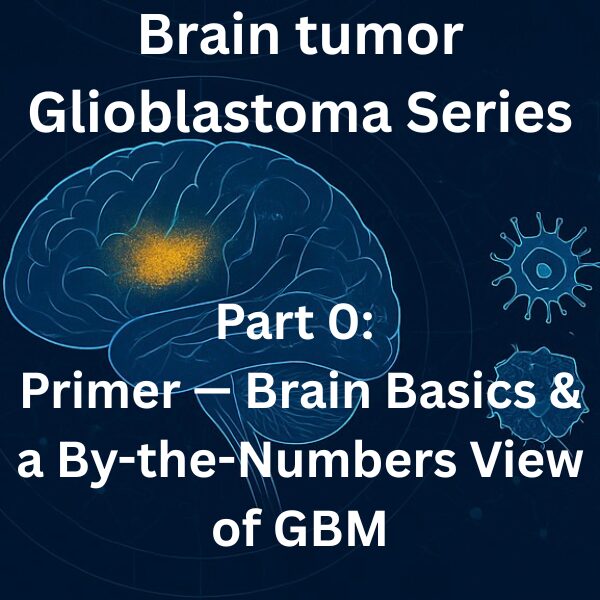
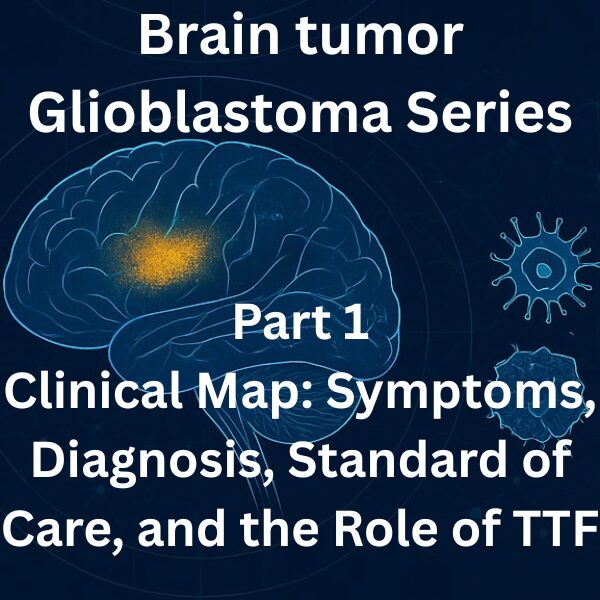
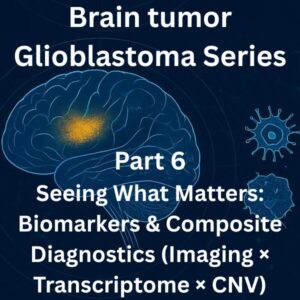
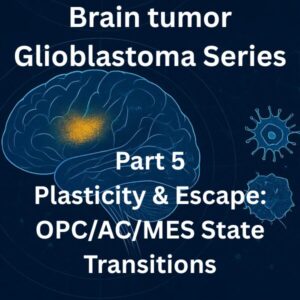
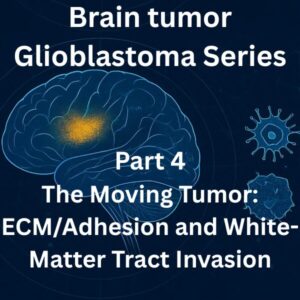
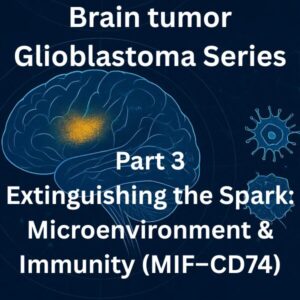
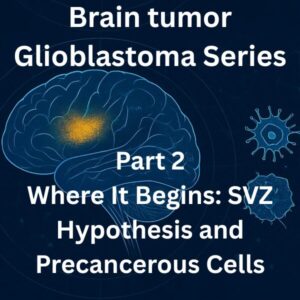
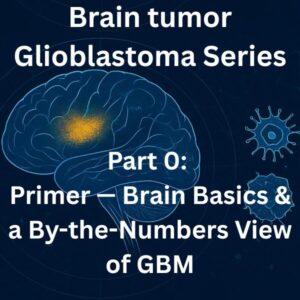
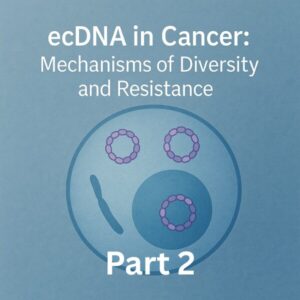
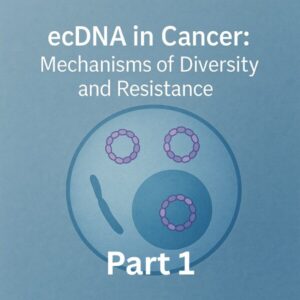
Comments